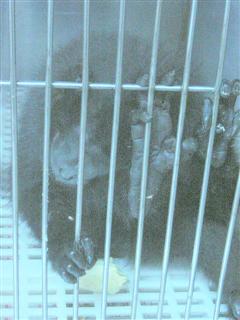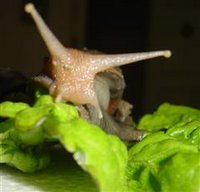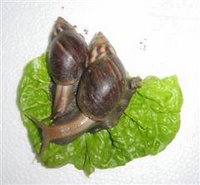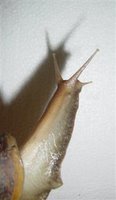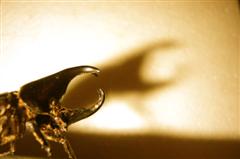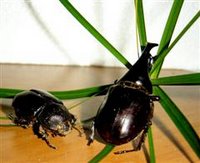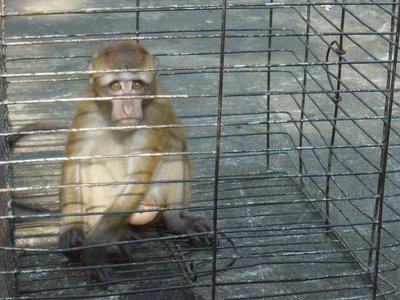Freshwater Snails
While people around the world have apparently been hooked by land snails and hermit crabs, I have so far never found a mention of people keeping freshwater snails. I cannot figure out why not. While I won't apply my usual "awesome" label to them, they can be tons of fun as well.
Rewards:
These snails move faster than land snails, which is always positive with snails. They also have a far cuter face then GALS (see Giant African Land Snails post) do.
Difficulties:
I don't know anything about these snails skin chemistry so I never handle them. As they live all their life in water all their life their skin is probably more permeable than other snails'.

Feeding:
Mine will very happily dine on lettuce, cucumber peals, aquarium plants, etc. If you do not want them to eat your aquarium plants keep a couple of small guppies in with them. The guppies seem to irritate the snails and make them stick to the side of the aquarium instead. Obviously, take snails being kept in this way out of the display aquarium into a feeding aquarium every day and give them a chance to eat.
Housing:
I keep mine in a small, plastic aquarium with about 15cm of water. They do fine in this. Remember that they cannot swim so make sure that they can get to the lettuce or other greens you put in their aquarium when feeding them. Their water needs to be cleaned every week at least. They can be housed with shrimp and minnows, just make sure they are feeding well.
Final words of advice:
These pets are remarkably easy to care for and large ones can make a nice addition to a decorative aquarium. Just don't expect them to learn "Sit" or "Roll over."


